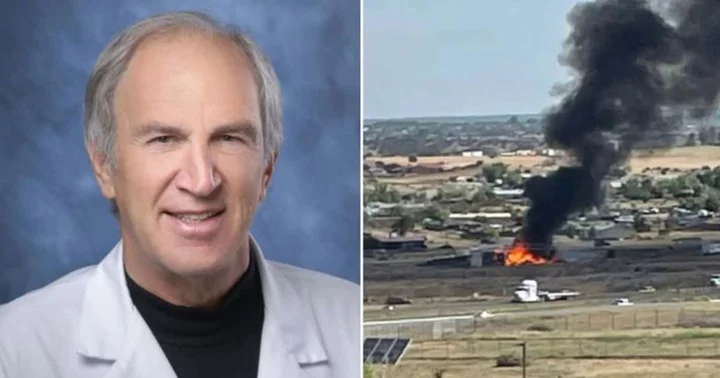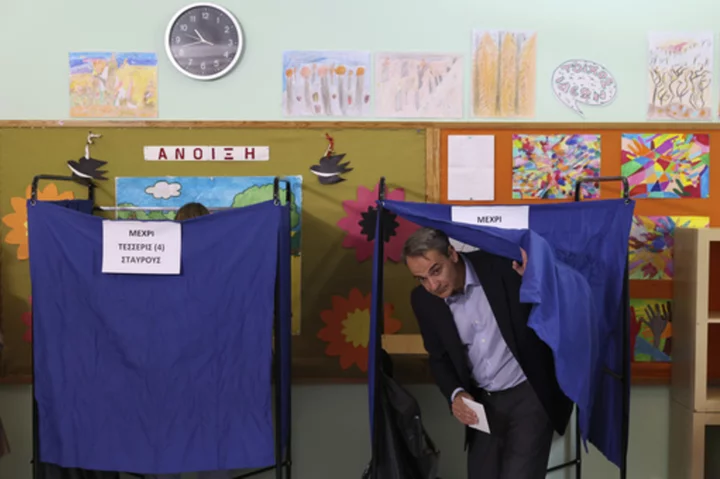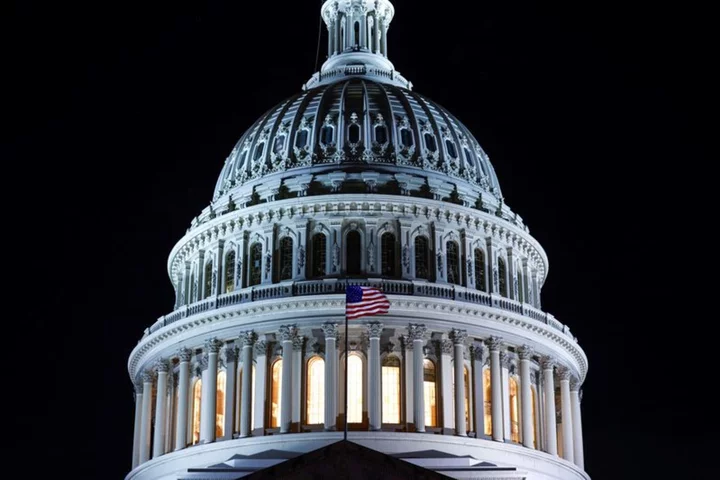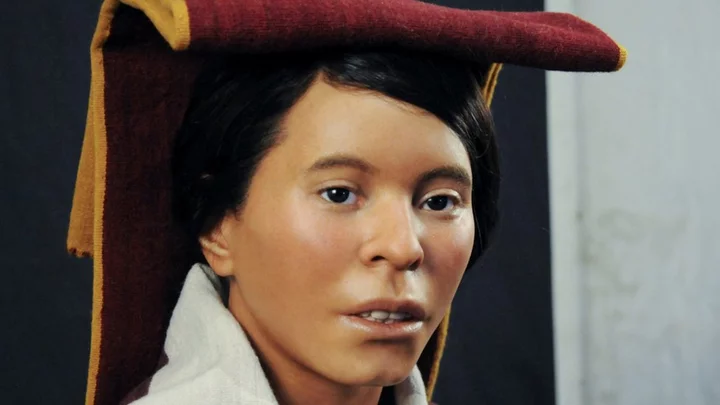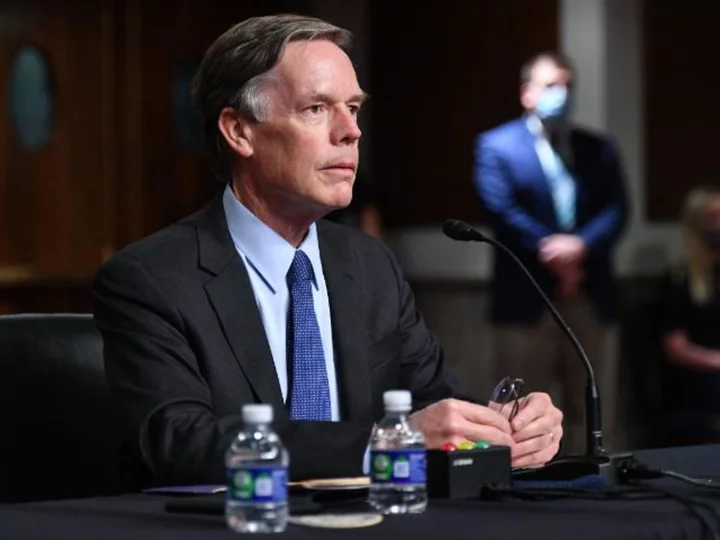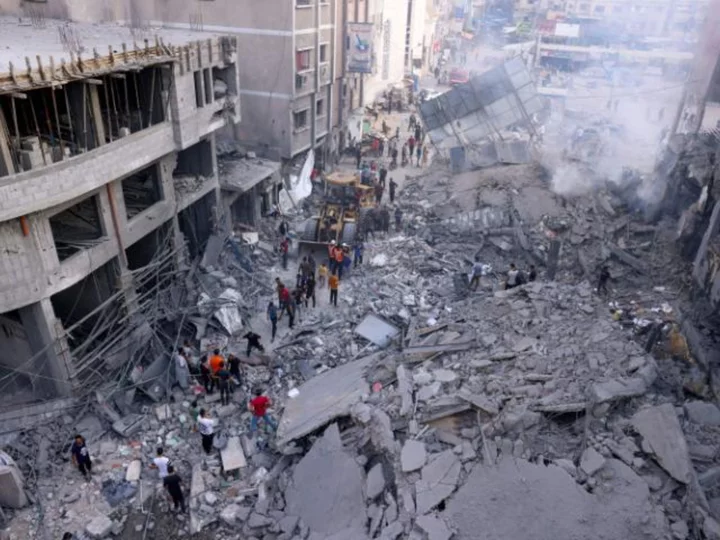LOS ANGELES, CALIFORNIA: A California surgeon who was a pioneer in microsurgery and a passionate aviator died in a tragic plane crash in New Mexico on Tuesday. Randolph “Randy” Sherman, 72, of Los Angeles, was flying his twin-engine Cessna from Santa Fe to California when he encountered a mechanical problem and crashed into a house, sparking a fire.
No one was in the house at the time of the accident, but the plane and the house were both destroyed. Sherman was a vice chair of the Department of Surgery and director of the Division of Plastic Surgery at Cedars-Sinai Hospital in Los Angeles, where he had worked since 2015.
Who was Randolph 'Randy' Sherman?
Randolph 'Randy' Sherman was a professor of surgery at the University of Southern California. He had performed thousands of surgeries over his four-decade career, specializing in hand surgery and breast and limb reconstruction. He had developed innovative techniques to treat birth defects and traumatic injuries that were previously untreatable such as microvascular free tissue transfer, toe-to-hand transfer, and facial reanimation. Sherman was also a humanitarian who traveled the world to care for children with deformities in disadvantaged countries. He was involved in Operation Smile, a surgical charity that provides free cleft lip and palate surgeries to children in more than 60 countries. “His international surgical work was truly a reflection of his deep caring and compassion for his patients,” said Bruce L. Gewertz, a Cedars-Sinai surgeon-in-chief, in a statement, New York Post reported.
Sherman had a lifelong love for flying and aviation
In addition to his medical practice, Sherman had a lifelong love for flying and aviation. He was a flight instructor and commercial pilot, and he served as an FAA-designated senior aviation medical examiner. He was also a board member for several aviation museums, including the Santa Monica Museum of Flying, the Lyon Air Museum, and the American Air Museum. He had flown across the country and around the world in his own planes, including a P-51 Mustang, a T-6 Texan, and a Beechcraft Baron.
'Sherman was a pioneer in the field of microsurgery'
Sherman’s colleagues and friends remembered him as a loyal and generous person who had a positive impact on many lives. Cristina Ferrone, chair of the Department of Surgery at Cedars-Sinai, said Sherman would be missed for his contributions to the field of surgery and for his “great talent, leadership, and compassion.” "Sherman was a pioneer in the field of microsurgery, a prominent expert in hand surgery and breast and limb reconstruction,” the hospital said in a statement. They said he “built premier plastic surgery programs in Los Angeles and traveled the world caring for children with hard-to-treat deformities." The hospital further wrote, "His many innovative surgical techniques led to remarkable outcomes for the reconstruction of previously untreatable birth defects and traumatic injuries.”
How did the crash happen?
The 72-year-old doctor had taken off from the Santa Fe Regional Airport at around 9 am on Tuesday to Santa Monica, California, in his twin-engine Twin-engine Cessna T310R. Shortly after the takeoff, Sherman radioed into the air traffic control to say he had lost one of his engines on his trip back to California. Within moments, the plane plummeted into the home where it burst into flames. The plane was heading east, but then it seemed to turn back before it crashed into the house very quickly, a witness said. He told KOAT that he heard “pops” and “whatever was exploding” when the plane hit the house and his windows rattled. The Federal Aviation Administration (FAA) and National Transportation Safety Board (NTSB) have taken over the investigation.

